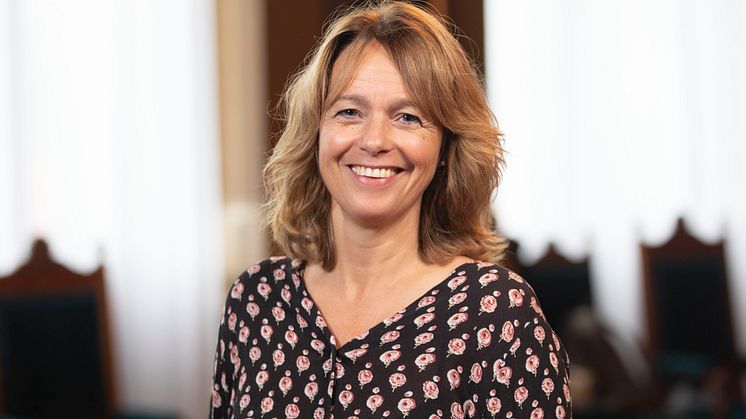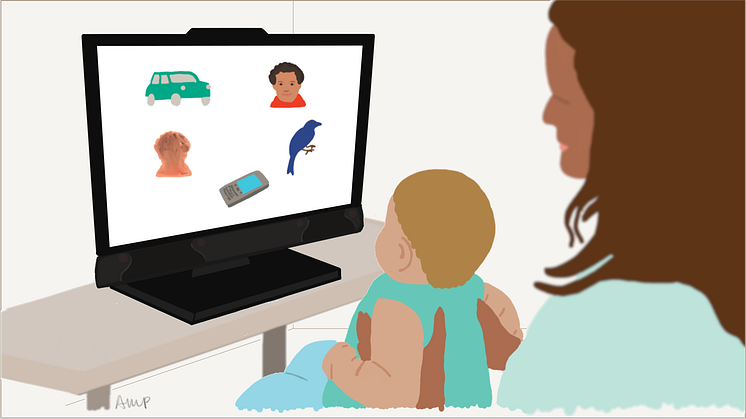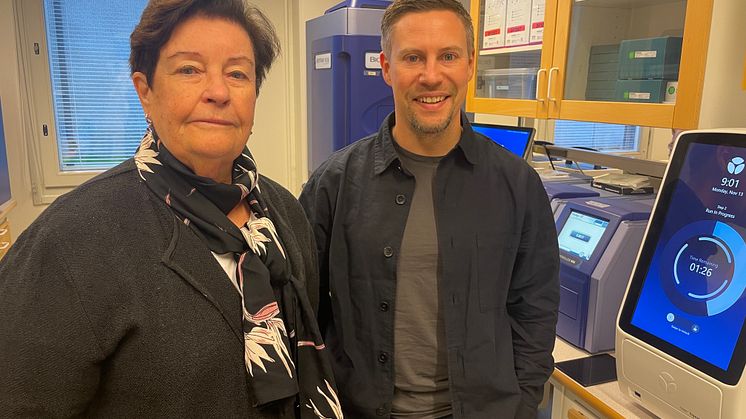Distance education during pandemic led to less care for mental ill health
Upper secondary school students were less likely to seek help for mental ill health when they were forced to study at home during the pandemic. A similar decrease was not seen for secondary school students aged 14–16 who remained in school. This has been shown in a new study at Uppsala University, based on data covering all of Sweden's upper secondary school students between 2015–2021.









